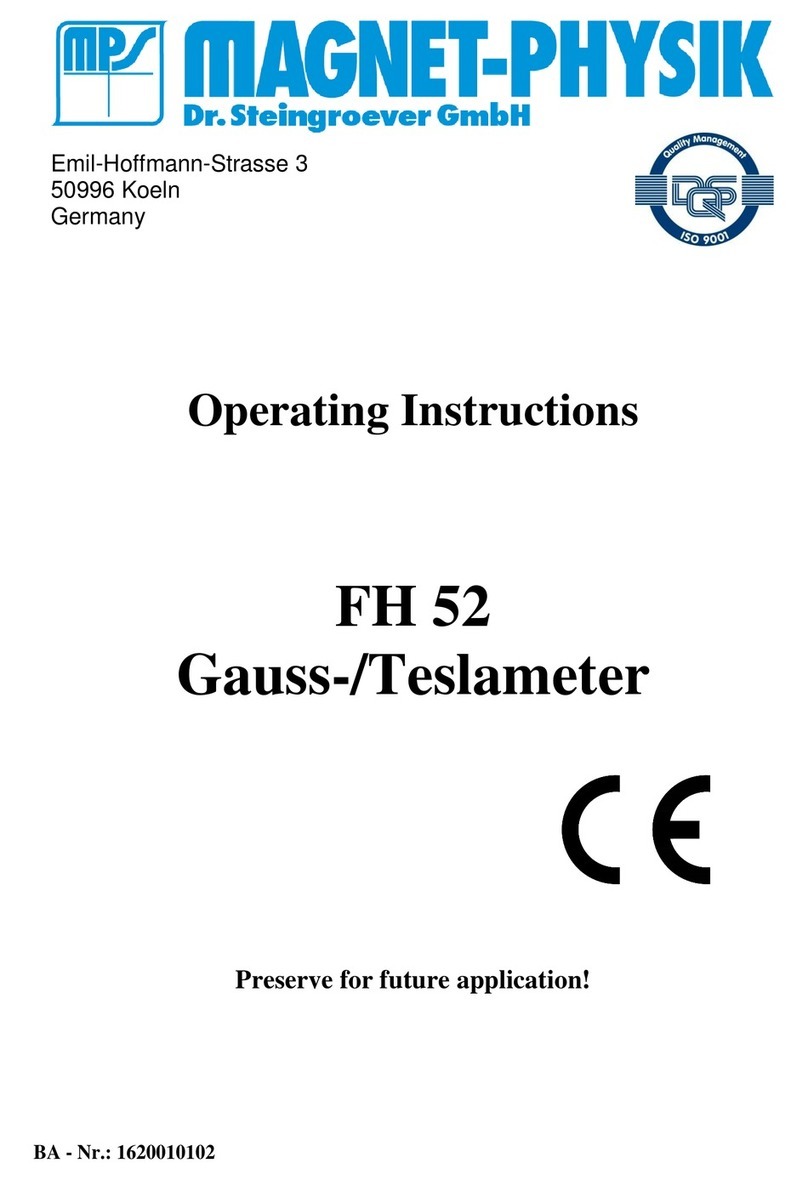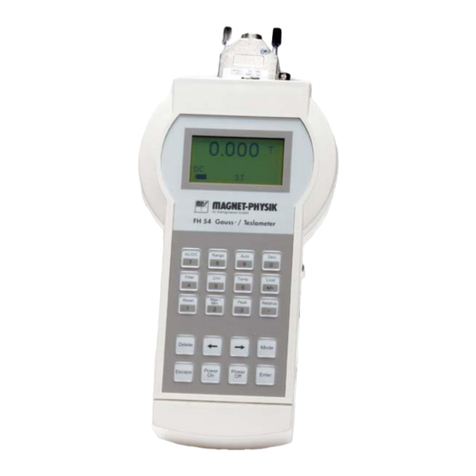Table of Contents
1General Information ....................................................................................................6
1.1 Safety Instructions ...............................................................................................6
1.2 Intended Purpose..................................................................................................6
1.3 Sources of Danger................................................................................................7
1.4 Authorized Operator ............................................................................................7
1.5 Safety Measures at Place of Installation..............................................................7
1.6 Safeguard Installations.........................................................................................8
1.7 Emergency Measures...........................................................................................8
2Transport and Installation...........................................................................................9
2.1 Unpacking and Checking.....................................................................................9
2.2 Transport and Storage..........................................................................................9
2.3 Technical Data.....................................................................................................9
3Introduction ..................................................................................................................11
3.1 General.................................................................................................................11
3.2 Description...........................................................................................................12
4Operation.......................................................................................................................14
4.1 Initial Setup..........................................................................................................14
4.2 Standard Display..................................................................................................15
4.3 Keys .....................................................................................................................15
4.4 Probe Handling....................................................................................................17
5Functions.......................................................................................................................18
5.1 AC/DC.................................................................................................................18
5.2 Range ...................................................................................................................18
5.3 Auto .....................................................................................................................18
5.4 Zero......................................................................................................................19
5.5 Filter.....................................................................................................................19
5.6 Unit ......................................................................................................................19
5.7 Temp....................................................................................................................20
5.8 Limit.....................................................................................................................20
5.9 Reset.....................................................................................................................21
5.10 Max./Min. ............................................................................................................21
5.11 Peak......................................................................................................................21
5.12 Relative................................................................................................................21
5.13 Field Correction (Menu function)........................................................................22
5.14 Temp. Correction (Menu function)......................................................................22
5.15 Remote Access (Menu function) .........................................................................22
5.16 Remote Baud Rate (Menu function)....................................................................22
6Probes ............................................................................................................................23
6.1 Changing Probes..................................................................................................23






























